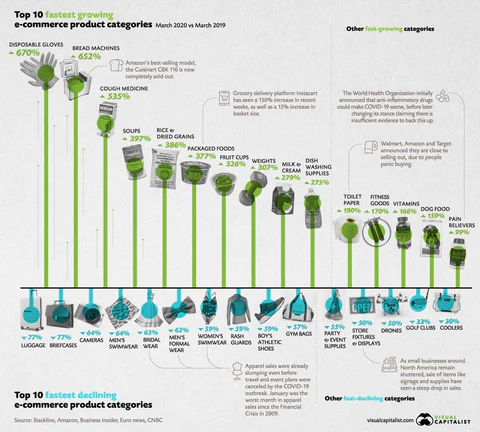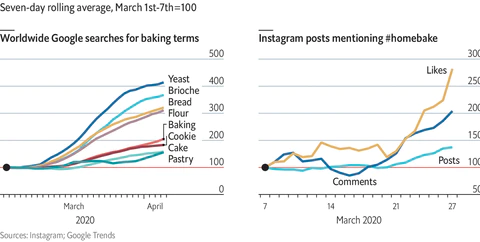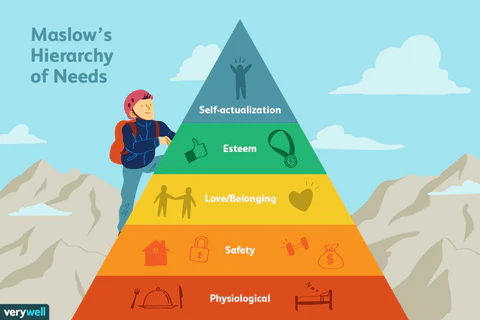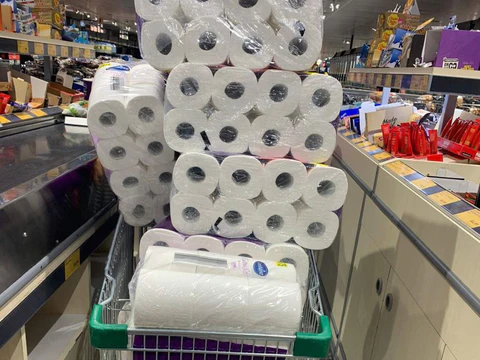This website uses cookies so that we can provide you with the best user experience possible. Cookie information is stored in your browser and performs functions such as recognising you when you return to our website and helping our team to understand which sections of the website you find most interesting and useful.

The pandemic economy and the future of e-commerce
March 01, 2020The coronavirus pandemic is having a major impact on everyday life, including how consumers are shopping for their necessities, and items that prior to the outbreak would have been deemed non essential. The e-commerce landscape has also shifted dramatically; not only are people shopping online more, but their shopping behaviours have changed significantly as well.
With online retail sales value predicted to reach $6.5 trillion by 2023, the e-commerce sector is without doubt, booming. Over 16% of all retail sales are expected to happen online in 2020, as both manufacturers and traditional brands increasingly bypass retail partners in favour of selling direct to consumer. But since the Coronavirus outbreak, e-commerce has been catapulted into overdrive.
Panic buying may have stalled in some countries, but many consumers are using their newfound time to improve their health and redesign their home environment. This shift in behaviour has resulted in a number of categories experiencing huge spikes in demand:

Consumers are taking matters into their own hands, and largely looking to introduce positive changes whilst in isolation. Running and home workouts have surged in popularity and provided a lifeline during the pandemic. Baking enthusiasts have found that ingredients for their craft have become increasingly scarce, with flour mills working ‘round the clock’ to meet unprecedented levels of demand.

The pandemic has already left a mark on society, and, in the coming years is likely to prove a pivotal point in the way that e-commerce works. But what trends are likely to stick once the smoke clears and people emerge bleary eyed from self-quarantine?
Online dominance
Since the late 1990’s, online retail has cannibalised market share from traditional brick & mortar in an almost exponential fashion. In February 2019 however, it overtook offline general merchandising for the first time ever. As we limit our exposure to the outside world, this trend is being supercharged in 2020. Sectors like grocery, household goods, oral care, and medicines have traditionally been resistant to the encroaching of the digital economy, as consumers are conditioned to picking these items up in person rather than trusting the web. The global pandemic is changing that. A prolonged period of quarantine and social distancing may go a long way in convincing people to try the web when buying their groceries or even a tube of toothpaste… E-commerce habits tend to form during periods of intense activity, and when those habits already have momentum, they become even stickier.
Spotlight on health
In economic downturns, consumer demand for ‘nice to have’ products goes down as buyers focus on their essential needs. Health, wellness, and safety — products that fit in the lower part of Maslow’s Hierarchy of Needs — become the primary concern.

The consumer health sector is at the center of efforts to control the current COVID-19 pandemic. As it has progressed across geographies, three broad phases of consumer behaviour — linked to government response to the crisis — are playing out: escalation, accumulation, and early recovery. Each phase has involved distinct purchasing behaviours. The escalation phase has been characterised by consumers stockpiling essential goods such as staple foods, toilet paper, and cold/pain medicines.

In the accumulation phase, consumers brace for prolonged quarantine and purchase items for self-sustainment. Enter the spike in bread machine sales and banana bread photos being uploaded to Instagram.
Finally, in the early recovery stage — which has started to take hold in China — consumer sentiment rebounds with purchase volumes surpassing pre-crisis levels. Not only are consumers choosing to buy products from different channels than they would have considered previously, but the focus on the purchase of healthcare items that stem the spread of germs is receiving greater precedence than ever before. Consider for example, washing your hands with soap. This has been one of the greatest advances in human hygiene and vital to the current battle against coronavirus. Doing so saves millions of lives every year (if you’re not scrubbing your hands as frequently as this orangutan, you’re doing it wrong). This was not always the case, and it was only in the 19th Century that scientists realised the importance of washing your hands with soap. Beforehand, doctors, nurses, and surgeons would proceed from one surgical operation to the next without washing their hands. Indeed going to the hospital was often a death sentence. Similar changes are more than likely to apply for the use of hand sanitiser in the wake of coronavirus.
Moving forward consumers will require healthcare products that they trust to not only remove germs, but improve their health more generally. Stay up to date with global trends and shifting consumer sentiment using this real time Covid-19 monitor built by Spanish data analysts, RavenPack.
Bitesize news direct to your inbox.
Sign up for Bitesize, our monthly newsletter, for the latest dental tips, healthcare news and more, including 25% off your first box



